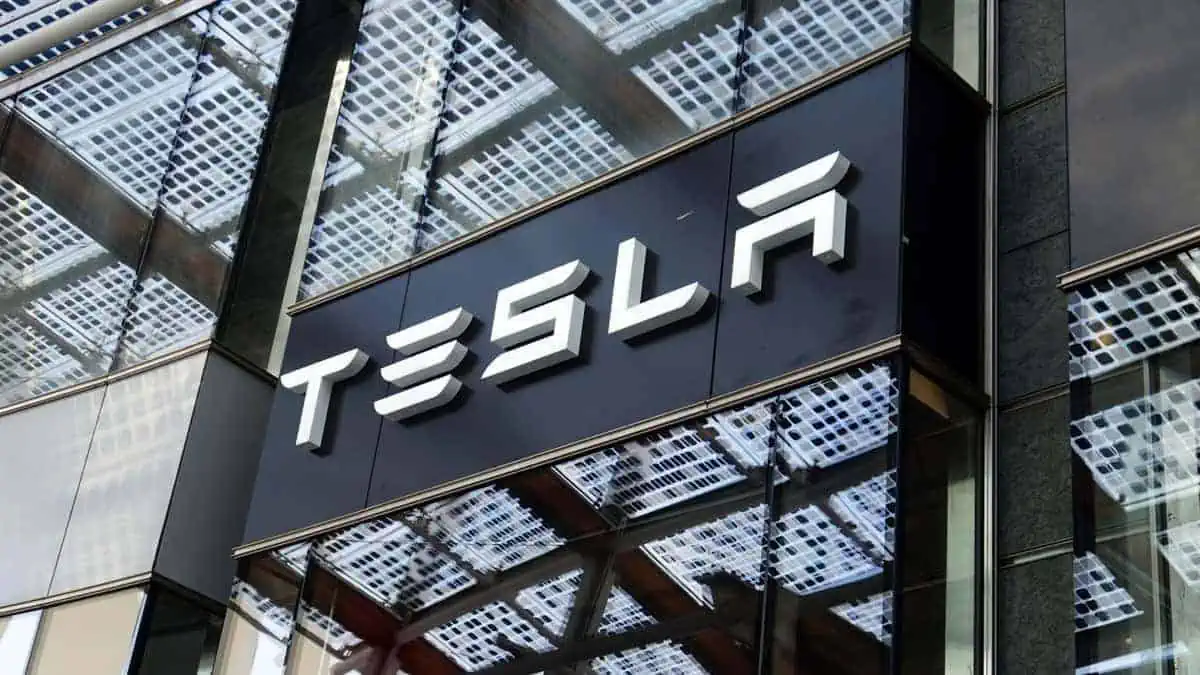Leading American automaker Tesla continues to dominate the electric vehicle industry with its aggressive growth trajectory. However, it must be able to expand the demand for its EV models and sufficiently produce them to sustain a 50% growth rate in 2024, Tesla investor and CleanTechnica writer Paul Fosse stated.
Growth outlook
Tesla remains optimistic with its 50% CAGR (compound annual growth rate). According to Drive Tesla Canada, the Musk-led company aims to produce and deliver 1.8 million EVs in 2023. This figure represents a YoY growth rate of 40% from 2022.
Nonetheless, Tesla assured that it will still aid the company to be ahead of its long-term target of 50% CAGR.
Tesla CEO Elon Musk even stated during the live earnings call that the automaker may hit 2 million deliveries globally this year.
Notably, the 50% CAGR of 1.8 million units in 2023 is 2.7 million in 2024. However, it may be impossible for the company to sell that 2.7 EVs. That said, it needs to accelerate throughout, as indicated in the table below:
| Quarter | Sales | Annual Rate |
| 1Q2024 | 600,000 | 2,400,000 |
| 2Q2024 | 650,000 | 2,600,000 |
| 3Q2024 | 700,000 | 2,800,000 |
| 4Q2024 | 750,000 | 3,000,000 |
| Total | 2,700,000 | 2,700,000 |
Supply
Prominent Tesla order backlog tracker Troy Teslike’s data published last January 25 hinted at how Tesla attempts to build the 50% CAGR target of 2.7 million units next year.
On September 7, Troy Teslike released a new estimate on Tesla’s production for the third quarter. He lowered his expectations by 12% to 422,243 due to the company’s plant upgrades that slowed down production.
As you can see, Tesla Model Y’s production in Shanghai at 170,000+ units/quarter is way higher than the 115,125 unit estimate from 20 months ago.
Tesla’s aggressive efforts, such as factory and production upgrades across its global facilities, will accelerate its vehicle manufacturing to hit the 2.7 million target in 2024.
However, the challenge remains on how Tesla can sell that significant number of EV models with only three mainstream offerings.
Demand
Mr. Fosse estimates that Tesla’s Level 2 ADAS can accumulate roughly 100,000 units of demand next year. He further noted that the FSD technology can get “almost unlimited demand” when the company achieves Level 5, which is impossible to arrive by next year.
The demand for the highly awaited pickup Cybertruck will remain higher than the supply as long as its price remains not “too high.” Therefore, it can also generate another 100,000 units of demand in 2024 if it can produce them.
Apart from these factors, the Tesla investor and content writer indicated more demand levers for the company in 2024:
- Lower-priced RWD Model Y – 100,000 units
- Tesla Model 3 Highland – 100,000 units
- Refreshed Model Y – 100,000 units or more
- Inflation Reduction Act’s Federal Tax Credit of up to $7,500 – 100,000 units
- Leasing with aggressive terms – 50,000 or more
- Cutting Model 3 and Model Y prices by up to $5,000 – at least 200,000
- Advertisements – 200,000 units
However, it must be noted that these figures were just estimates. There are also more potential factors to consider in boosting Tesla’s EV demand next year, such as interest rates, competition, and economic slumps.
See Also:
- Tesla enjoyed a market share growth of nearly twofold in August as Chinese auto industry recovers
- Tesla price cuts partly offset by federal tax credits
- Tesla to top 1.9 million sales in 2023, Counterpoint Research estimates
- Global plug-in electric vehicle sales topped 1 million in March 2023
- Tesla prioritizes growth over profit in short-term, fell short of market forecasts
Tesla has a reputation for sustaining growth despite major challenges like supply shortages, financial pressure, and production issues, among others. That said, Tesla will undoubtedly do its best to reach or at least get close to the 2.7 million sales target in 2024.






